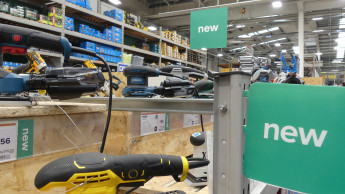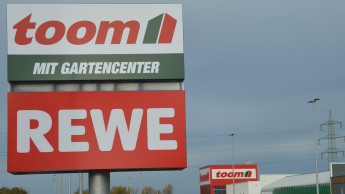DIY in Europe UK
For many years the housing market was viewed as the key driver of DIY sales in the United Kingdom. Undoubtedly it is still the case that if house prices are high – and rising – consumers will be more likely to attempt to boost the value of their homes by investing in new bathrooms, new kitchen suites, loft conversions, patios and so on. House prices are still high in the UK, with the average now appro-aching 210 000 euro by most estimates. Average household spending on DIY is set to increase from 3 220 euro per annum to 4 060 euro per annum over the next five years, according to information from Verdict Research.
But is this positive development of the DIY market all down to the strength of the housing market? There is evidence that house prices are now so high that owners are staying in their existing homes for long-er than previously, simply because they cannot afford to move. However, they are satisfying their desire for a better home by carrying out the work themselves: “improving rather than moving”.
The cultural elevation of DIY is a key factor behind making this acceptable. DIY presenters on television become celebrities with programmes attracting big audiences. Constant variations on the theme are unveiled by the TV channels – home makeovers, garden makeovers and reality programmes about buying and selling houses. All this is serving to maintain interest, providing retailers with a foothold. DIY is chic, competitive, glamorous almost.
Along with this is an increase in the number of female DIYers. Their importance in driving DIY sales has always received lip-service in the past, but now major retail-ers are openly targeting the female customer. Which is having its impact on the ranges, displays, store ambience and marketing – the entire retail offer, in fact.

 Menü
Menü















 Newsletter
Newsletter